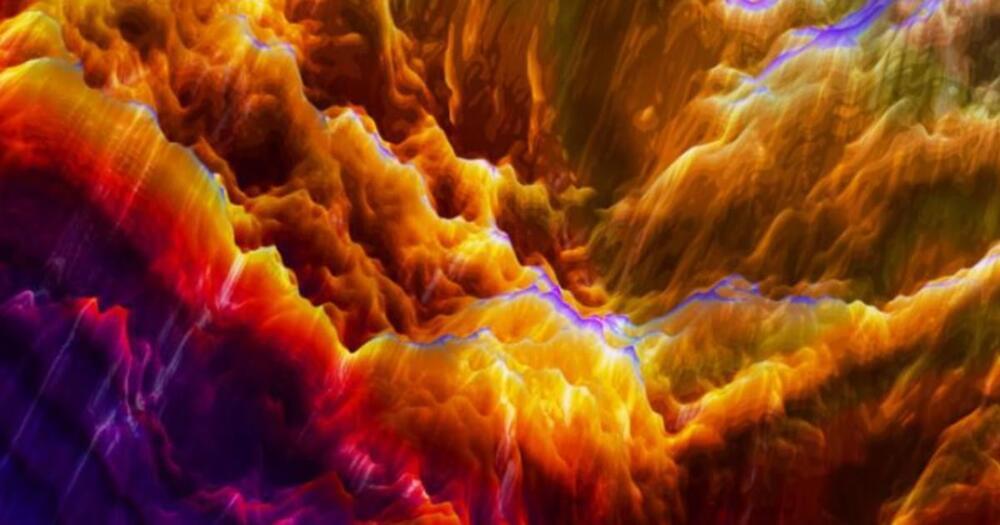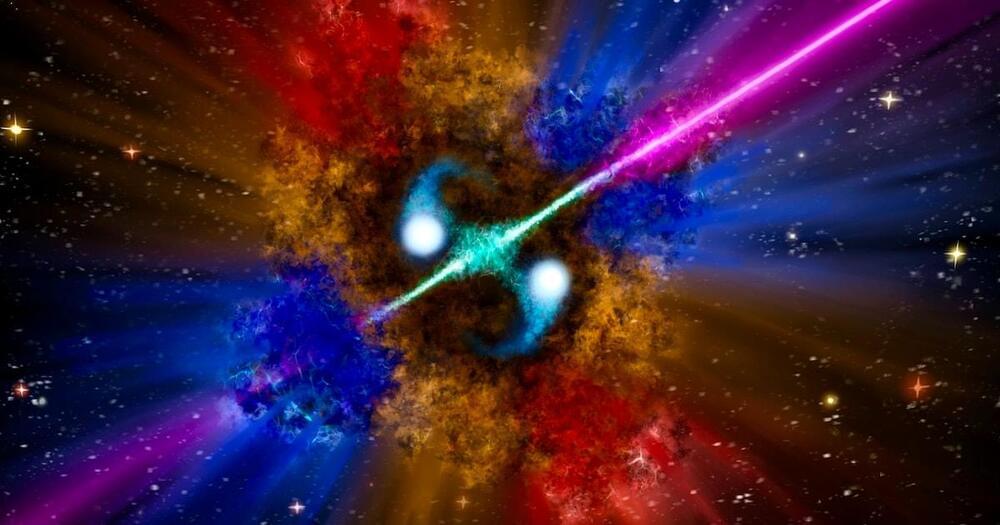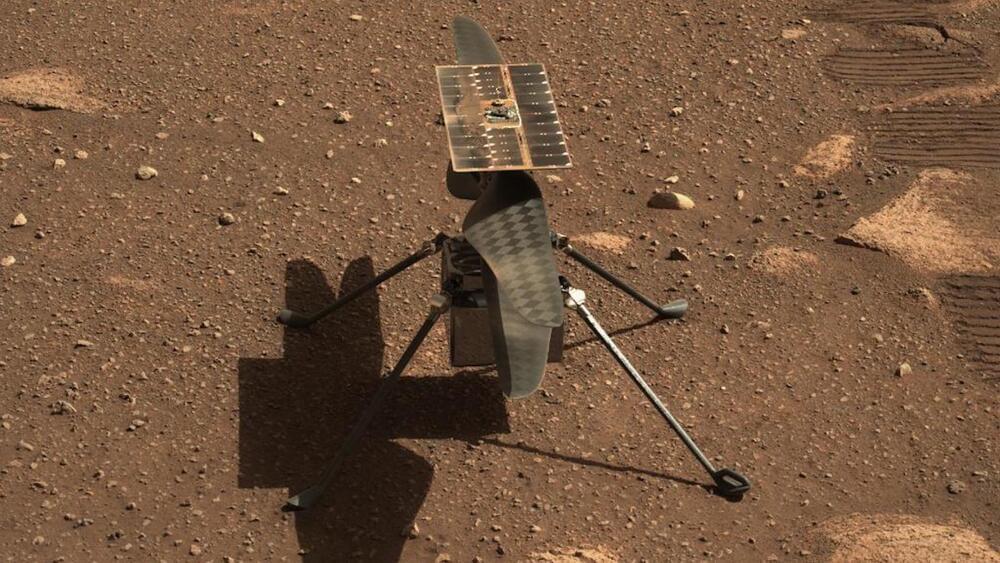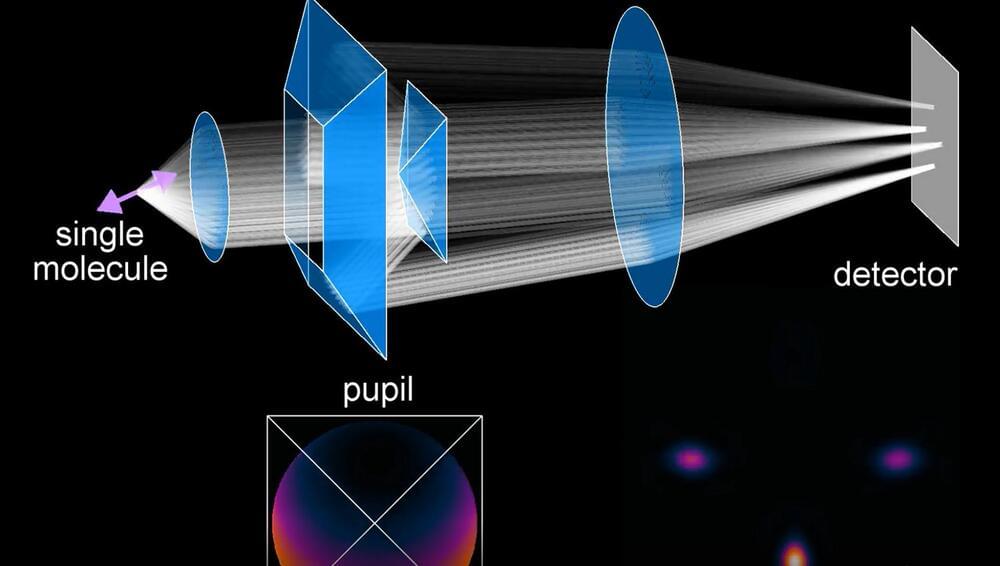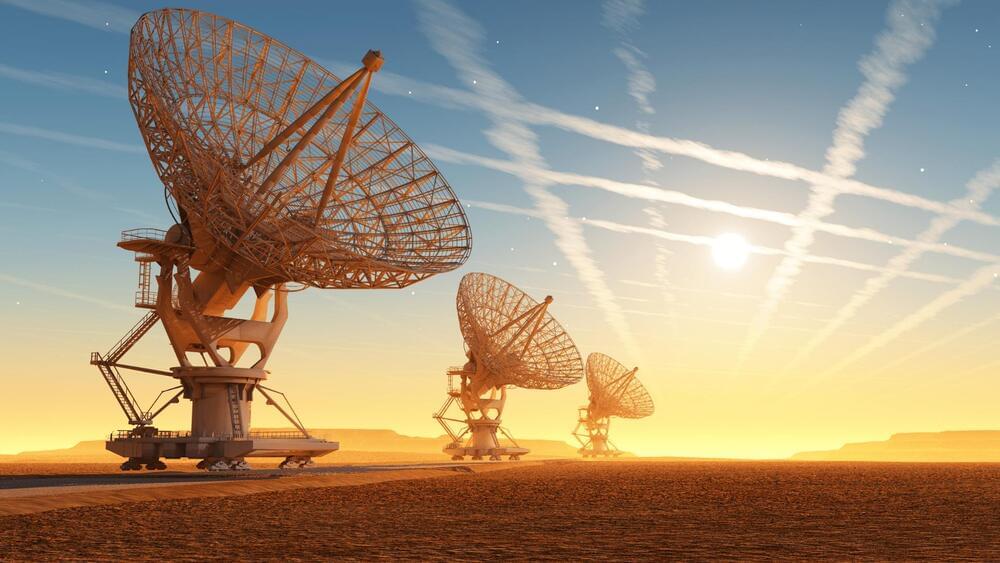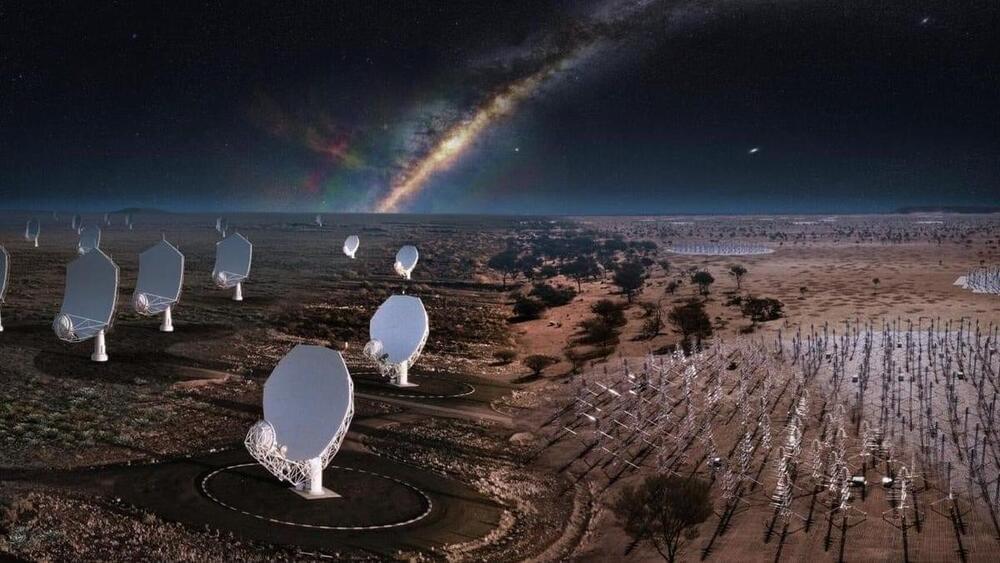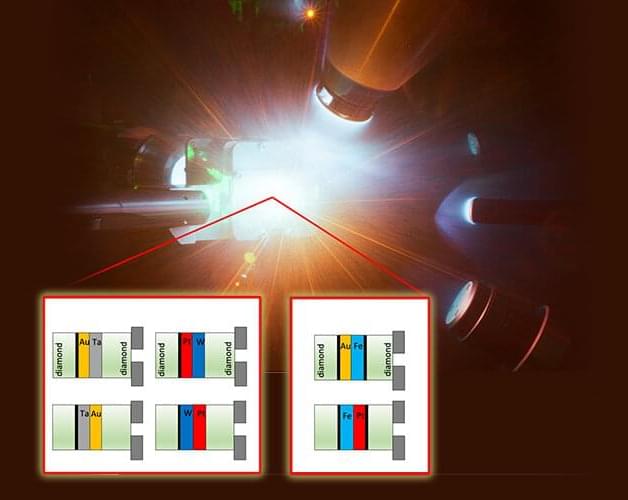
X-ray diffraction measurements under laser-driven dynamic compression allow researchers to investigate the atomic structure of matter at hundreds of thousands of atmospheres of pressure and temperatures of thousands of degrees, with broad implications for condensed matter physics, planetary science and astronomy.
Pressure determination in these experiments often relies on velocimetry measurements coupled with modeling that requires accurate knowledge of the optical and thermomechanical properties of a window material, resulting in significant systematic uncertainty.
In new research published in Physical Review B, Lawrence Livermore National Laboratory (LLNL) scientists report on a series of X-ray diffraction experiments on five metals dynamically compressed to 600 GPa (6,000,000 atmospheres of pressure). In addition to collecting atomic structure information for multiple compressed samples, the team demonstrated a different approach for pressure determination applicable to X-ray diffraction experiments under quasi-isentropic ramp compression.

